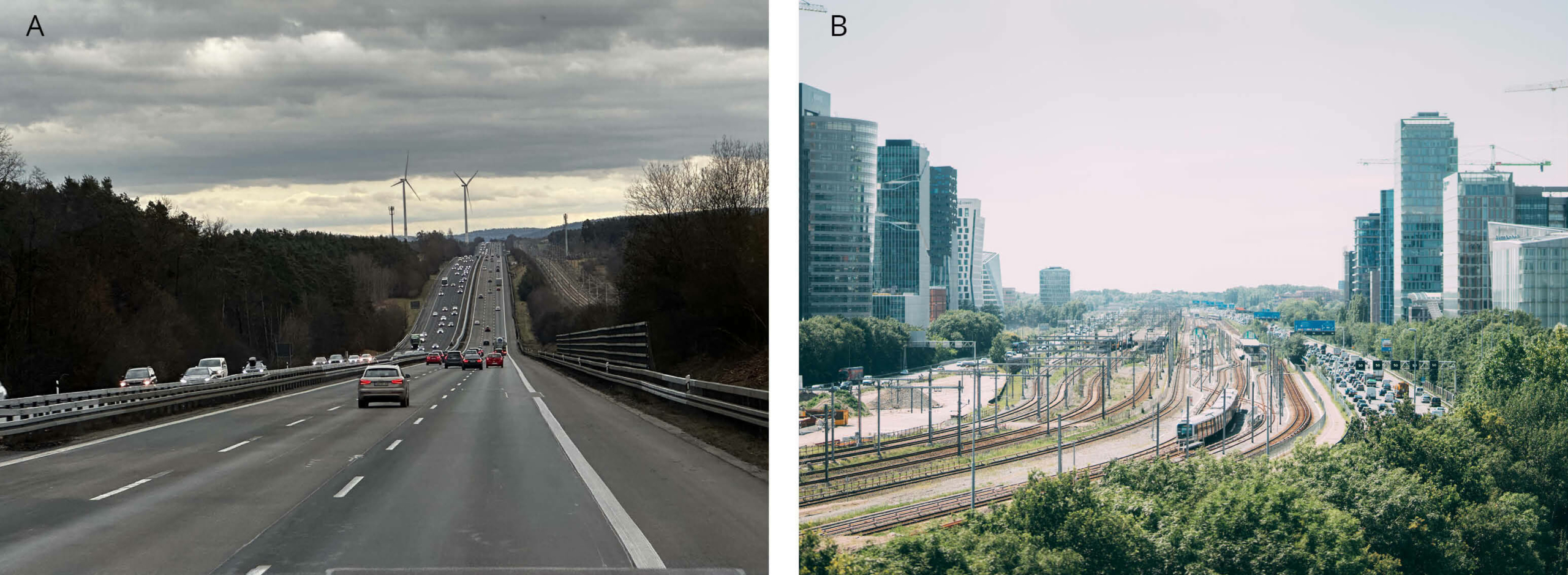Cumulative effects refer to the gradual build-up of impacts over time including the combined pressures of past, present, and future human activities as well as natural processes. Cumulative effects are additive, multiplicative, or synergetic consequences of these activities and are hence often unpredictable and complex, and generally more significant to biodiversity than the individual pressures (Figure 1.4.4).
Cumulative Effect Assessments (CEA) typically exceed the technical or financial responsibility of a single developer and call for collaboration among many stakeholders. CEA may origin in a project-level appraisal but need to advance from there to broader spatial and temporal scales. Appropriate scaling is essential but challenging and may require a different mindset that considers sustainability at a larger level than the footprint of individual actions.
To mainstream CEA and minimise negative consequences to biodiversity and society requires cross- sectorial cooperation, including ecological, social, and technical perspectives. The main objectives include:
- Build a collaborative governance that responds to the increasing demand for more participatory and inclusionary approaches to decision making.
- Promote independent agencies dedicated to evaluating cumulative effects and, if necessary, prevent exploitation projects.
- Strengthen regulatory frameworks and collaborations to counteract individual profit-oriented activities that fail to consider external and long-term costs.
- Establish an observatory of cumulative effects at national or international level that monitors the state of the environment and provides the background for evaluating cumulative impacts.
- Define thresholds for when mitigation measures can be considered efficient enough to reduce the risk for cumulative effects.
- Improve awareness of cumulative effects among the public to empower people and stakeholders to contribute to a collaborative governance of biodiversity.
